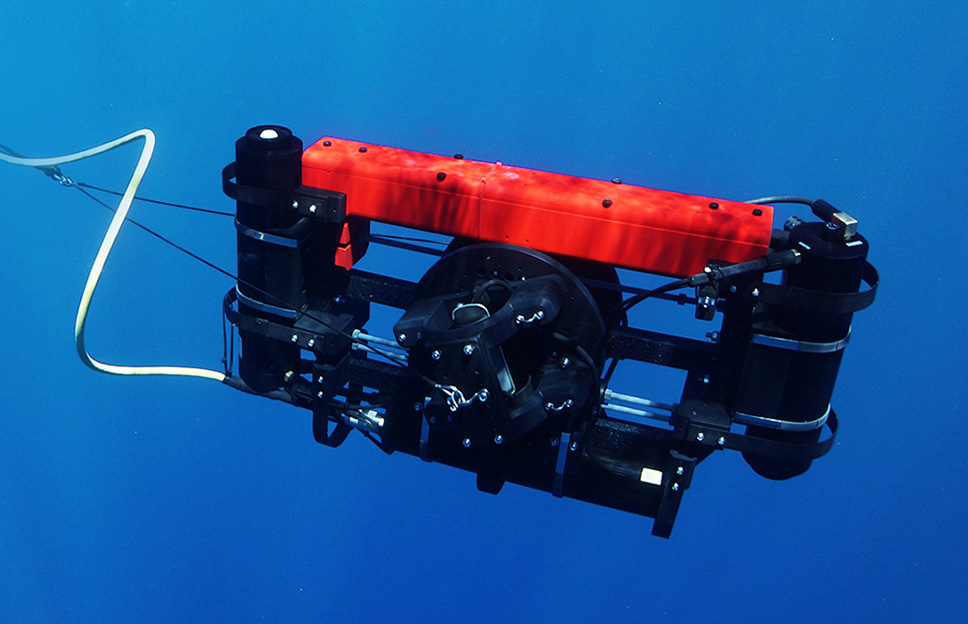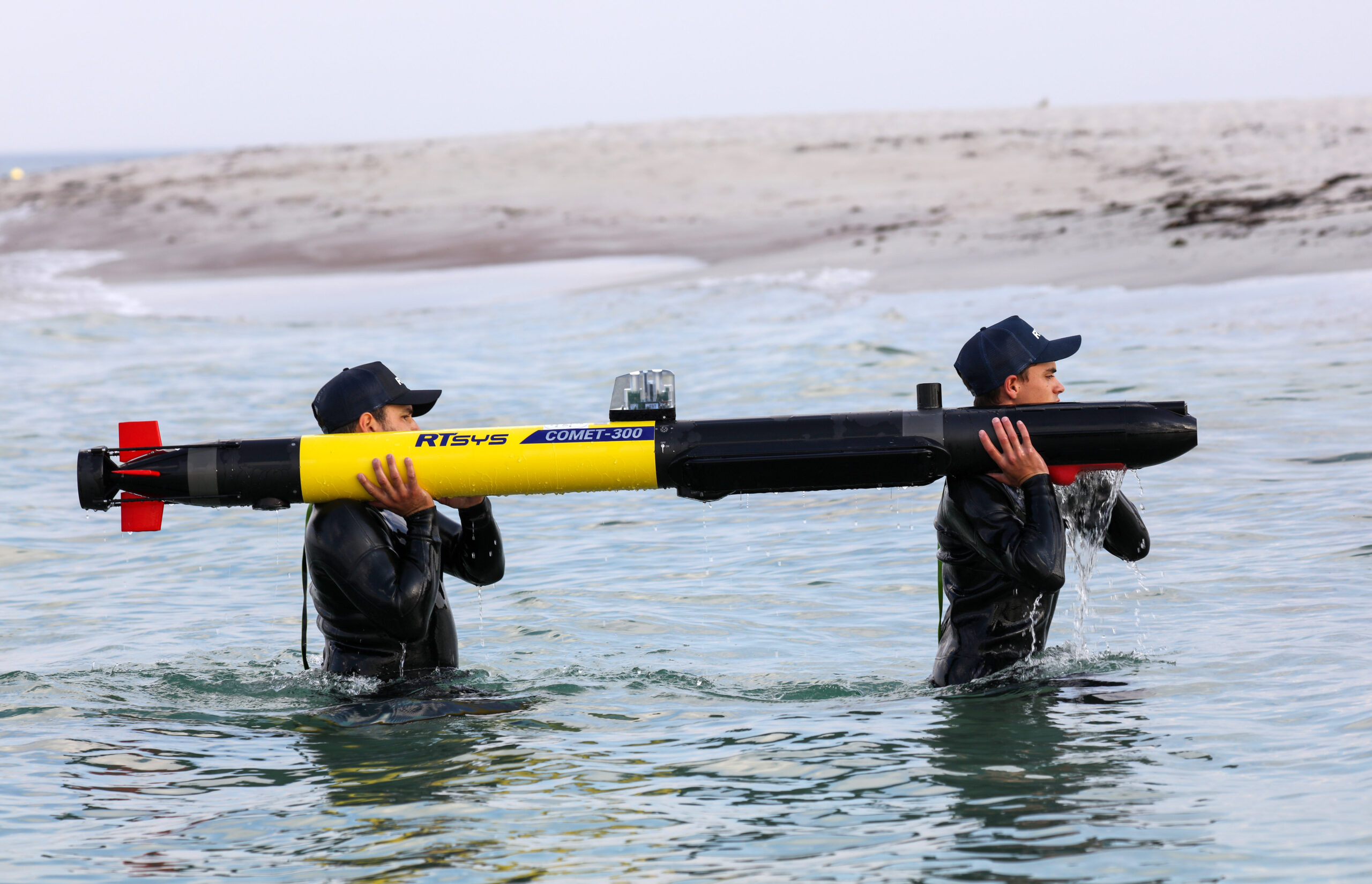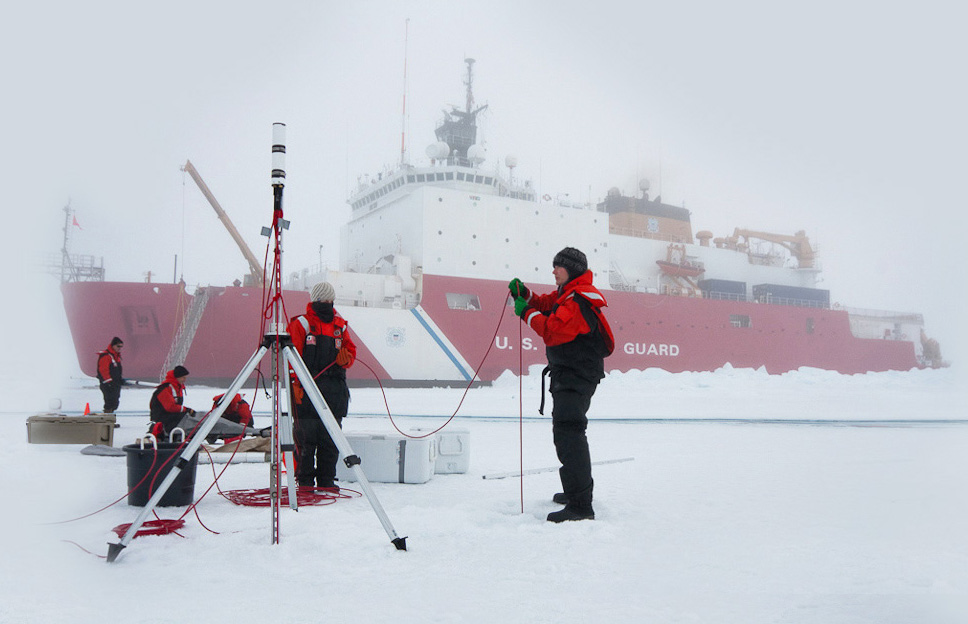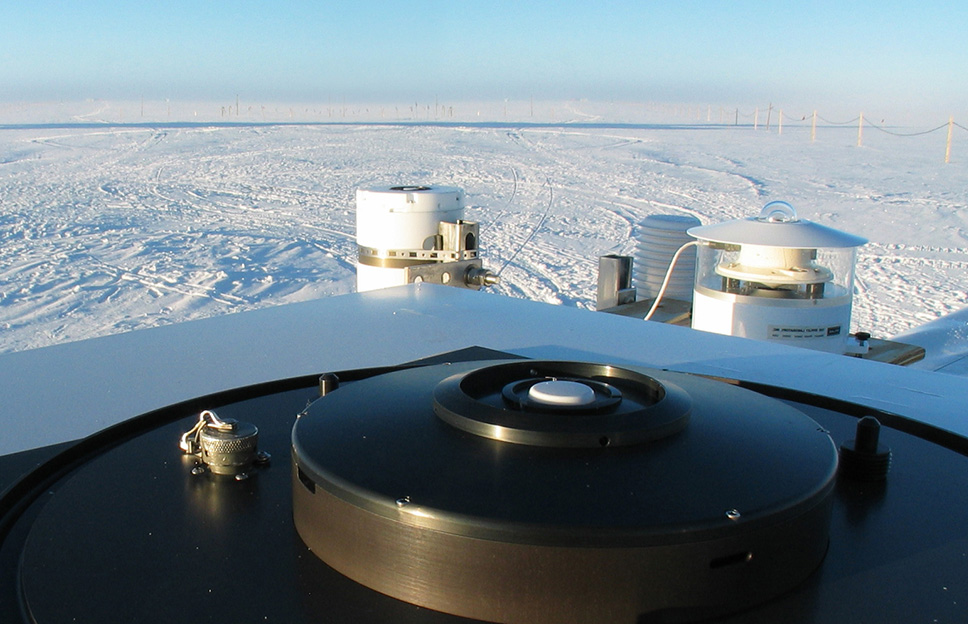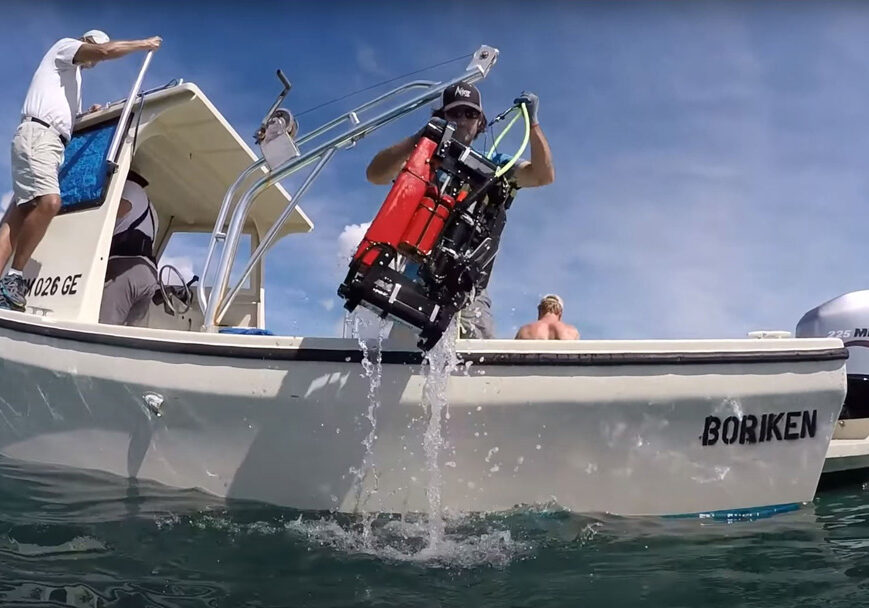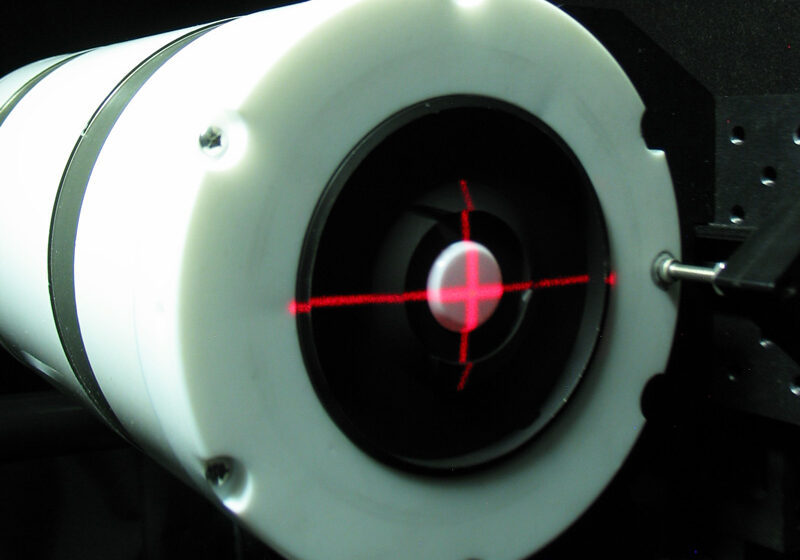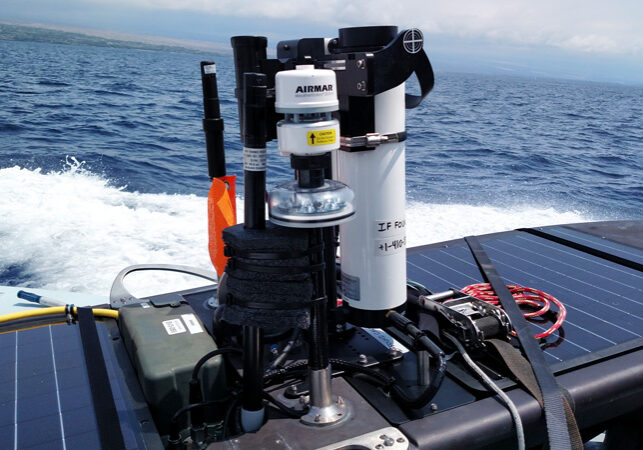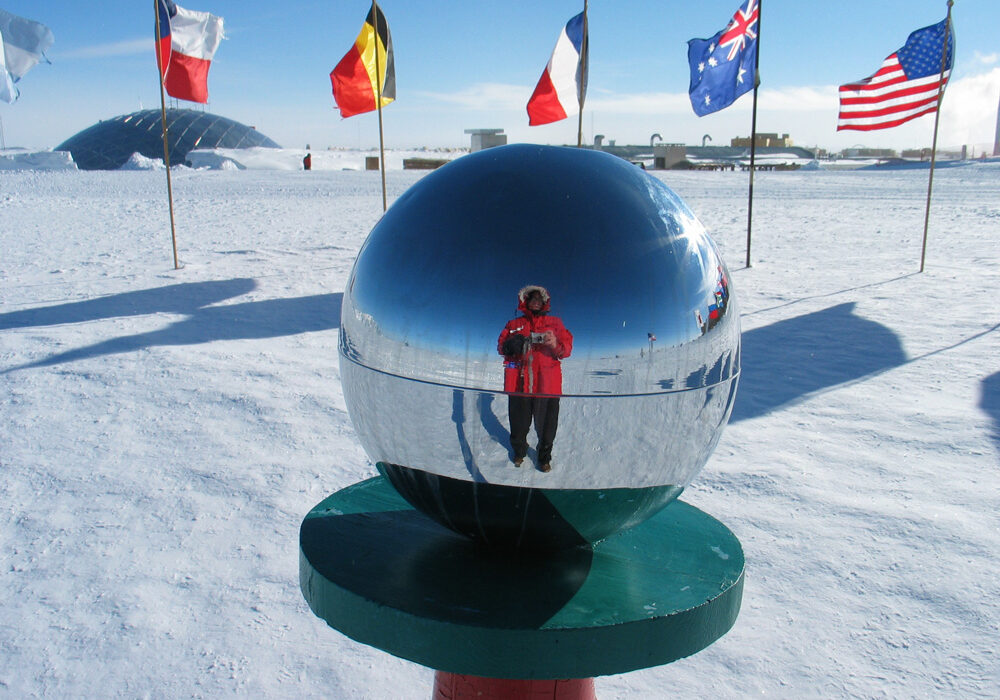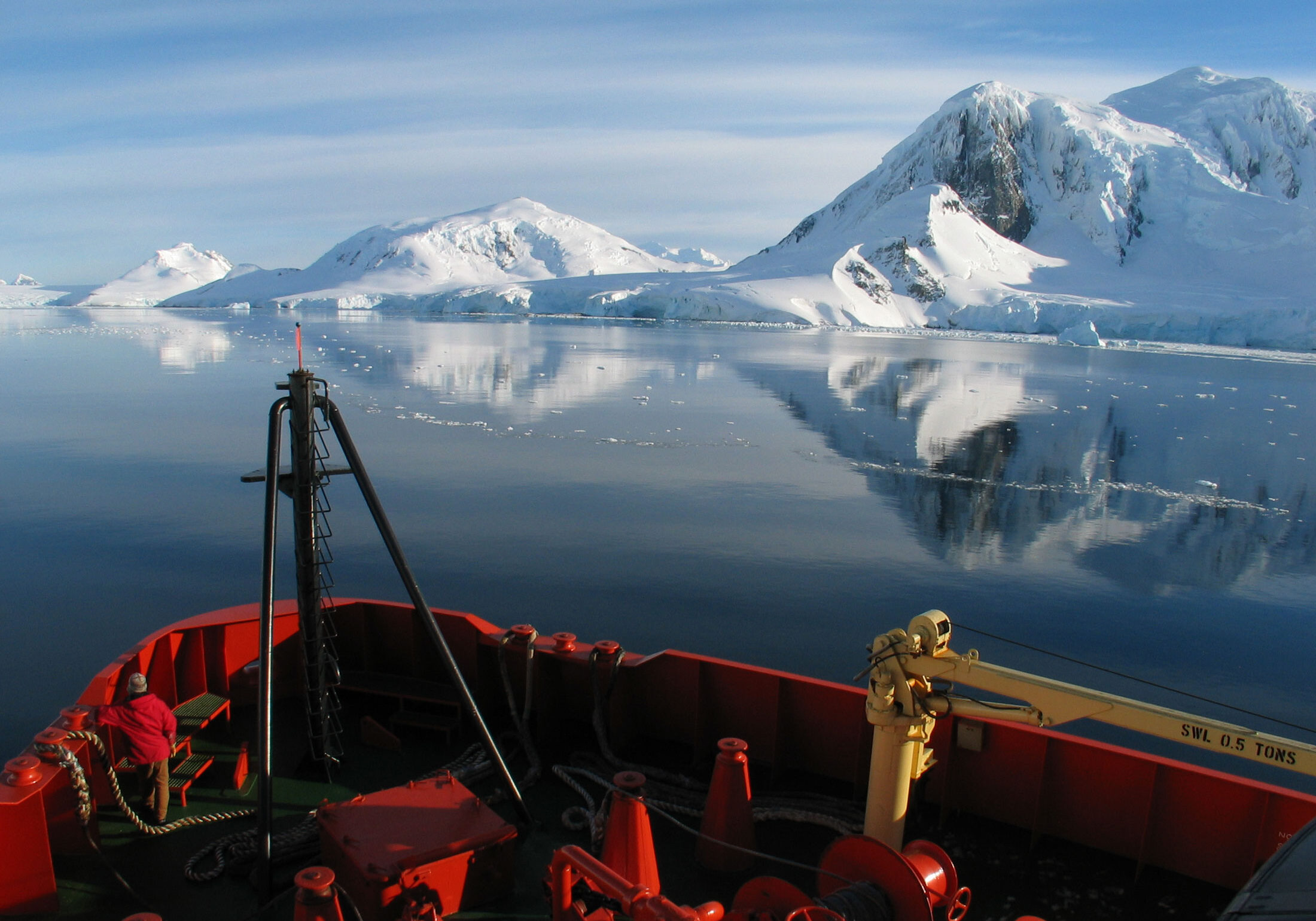Products
We design and build best-in-class optical and environmental sensors and deployment systems supporting aquatic, terrestrial and airborne observations. Learn More >
Services
We provide engineering services and maintain a well-equipped NIST-traceable calibration and characterization facility for our sensor arrays. Learn More >
Custom Solutions
Custom solutions are in our DNA. We work with you to leverage cutting-edge innovations and integrations for your most challenging requirements. Contact Us >
Our Customers
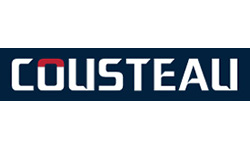
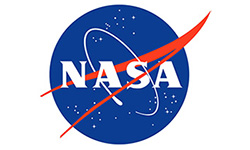

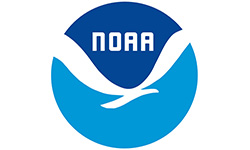
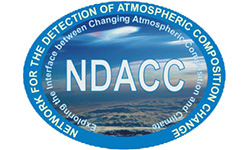
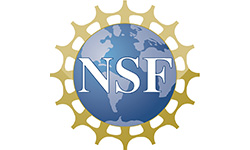

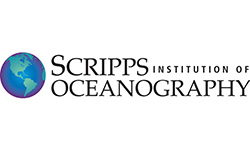
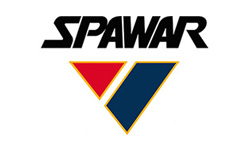

Our Featured Products
C-PrOPS ROV – Compact-Propulsion Option for Profiling Systems
C-PrOPS™ (Compact-Propulsion Option for Profiling Systems) is a next-generation upgrade to Biospherical Instruments’ C-OPS (Compact Optical Profiling System) that adds 3-dimensional position control to the free-fall profiler using state-of-the-art digital thrusters, allowing a C-OPS profiler to be maneuvered similarly to a remotely operated vehicle (ROV), and be dynamically positioned away from a boat or shoreline and into the desired sampling location.
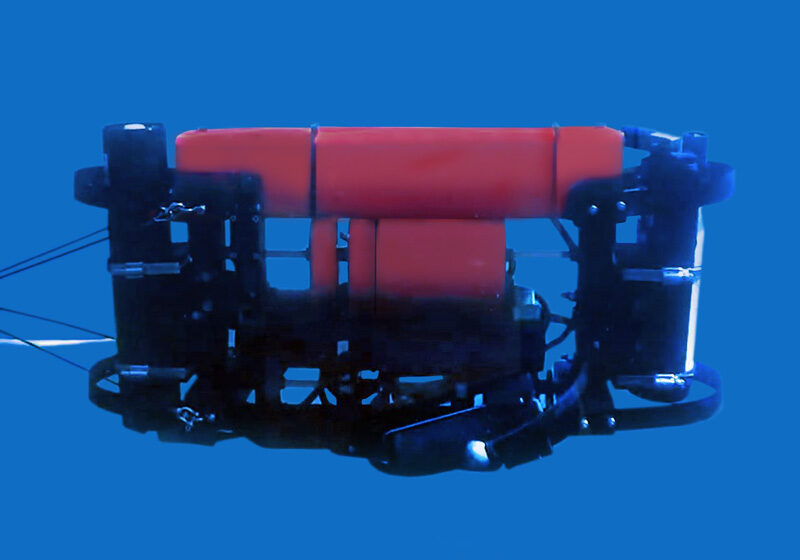
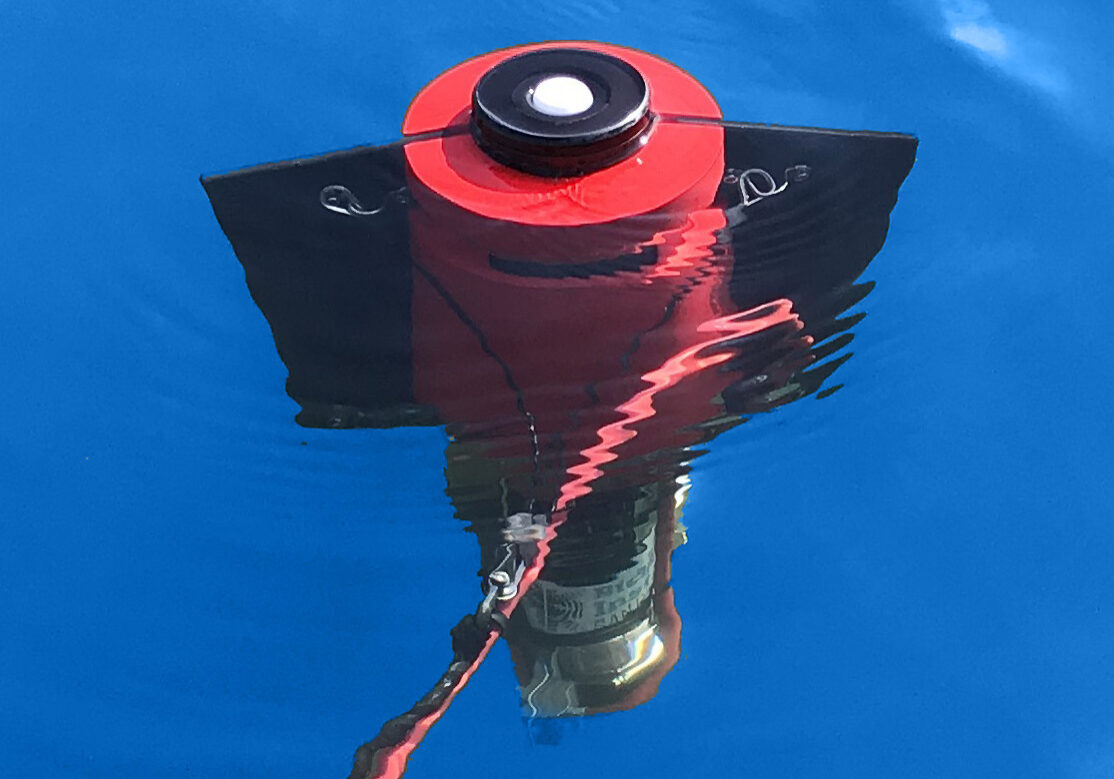
XTRA Reflectance Radiometers (XRR)
The XRR is an economically priced multi-wavelength radiometer, which measures downwelling irradiance and upwelling radiance in a single instrument housing. Data can be used for determining apparent optical properties and more in aquatic systems.
GUVis-3511
The GUVis-3511 radiometer is an above-water radiometer that measures global irradiance from sun and sky at up to 19 wavebands in the UV or visible range. It is designed for long-term monitoring applications where excellent radiometric stability is paramount.
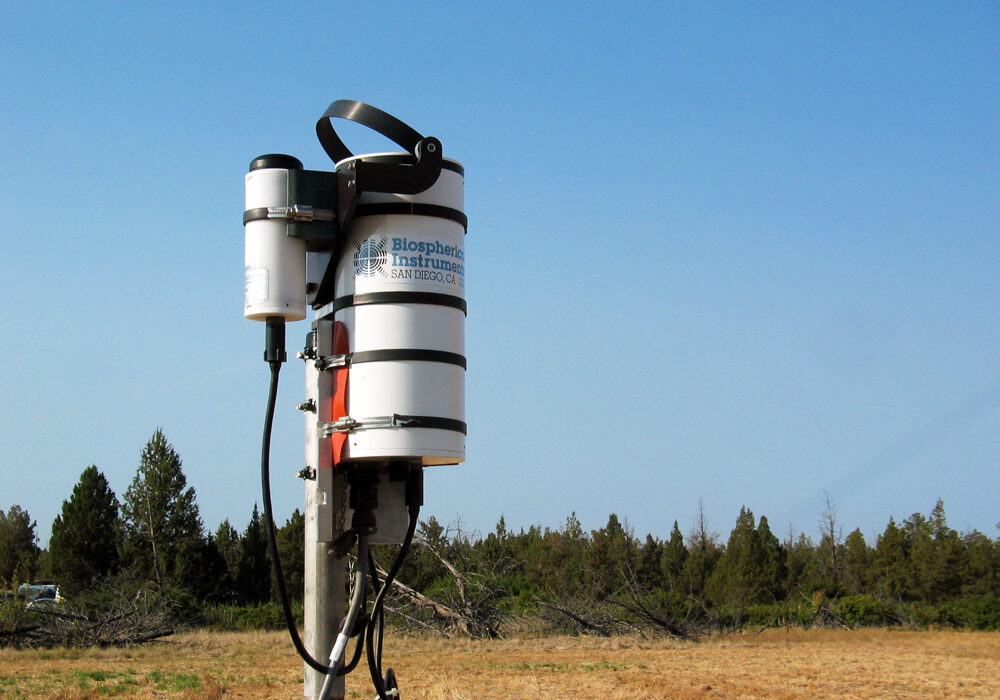
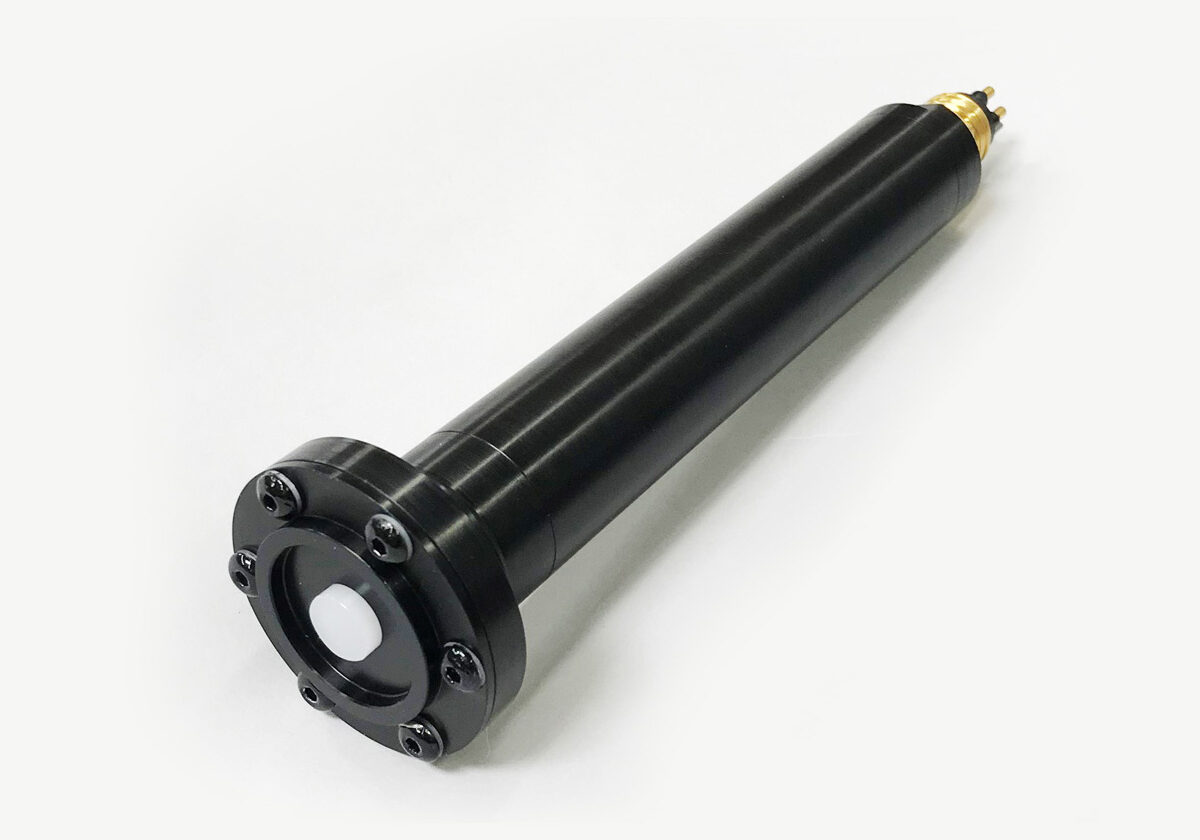
MPE-PAR with Digital Output
The MPE-PAR is a state-of-the-art sensor that is sensitive over the Photosynthetically Active Radiation (PAR) spectral range (400-700 nm). The MPE-PAR has been optimized for OEM integration into autonomous platforms such as gliders and Argo profiling floats and features low mass and low power consumption. It uses the same microradiometer technology as BSI’s high-end multi-channel radiometers and combines their impressive dynamic range of 10 orders of magnitude and excellent signal-to-noise ratio with the proven performance and ruggedness of BSI’s line of Q-Series PAR sensors
More than Four Decades of Experience
A Global Industry Leader
Our History
We have made global deployments to Japan, France, Norway, USA, Puerto Rico, Argentina, Antarctica, and the Arctic, including 4 expeditions with Jacques Cousteau. Learn More >
Our Research
We spearheaded Natural Fluorescence Measurements and Technology, and are at the forefront of UV radiation research. Our company continues to support the scientific community. Learn More >

